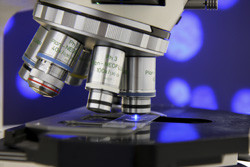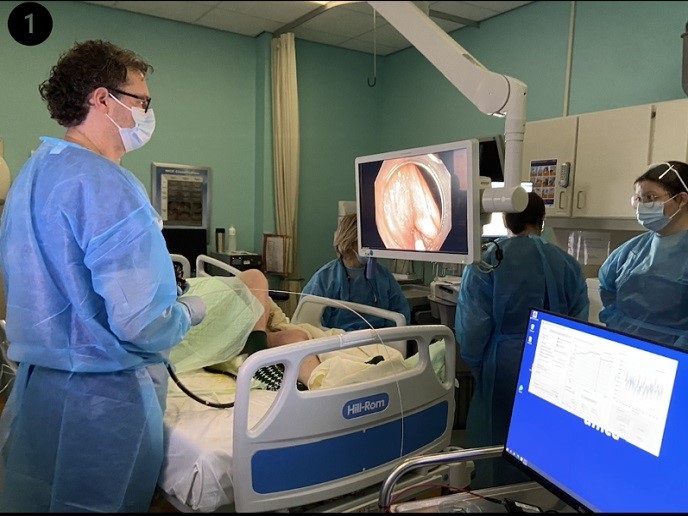Enzymes to the test
Enzymes are proteins that have the inherent capacity to catalyse specific chemical reactions. Through a specialised part of their three-dimensional structure, known as the active site, they interact with specific substrates to transform them into products. To shed light on the relation between enzyme structure and function, studies at the single molecule level are required. Scientists on the EU-funded SMS ENZYME project proposed to address this need using optical and force spectroscopy. Their approach involved attaching a dye to the enzyme for localisation and ensuring that the enzymatic reaction product is fluorescent to study the distribution of enzymatic active states. Contrary to the expectation that an enzyme is characterised by a well-defined catalytic rate, most studies report a stretched exponential function. To elucidate the conformational fluctuations of the enzymes, the consortium exploited the phenomenon of fluorescent resonance energy transfer. Furthermore, they applied mechanical tension to assess the distribution of enzyme active sites and study enzymatic conformation and function. In practice, researchers implemented this approach for DNA-based reactions using DNA as an enzyme. They observed that when the DNA template was unstructured, it behaved as an ideal Michaelis-Menten enzyme. However when the DNA template was structured, the enzyme displayed non-exponential behaviour which resembles more closely the real enzymatic reactions. These findings indicated that switching between different conformations caused DNA to adopt a non-classical enzyme behaviour. Taken together, these studies provide invaluable insight into the relation between the structural changes of an enzyme and its measured catalytic activity. This information has great implications for understanding vital biological processes but could also be extrapolated for the biotechnological utilisation of enzymes.







